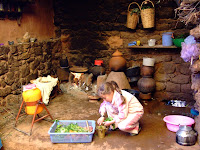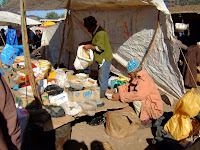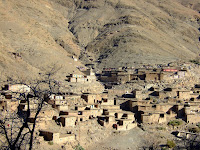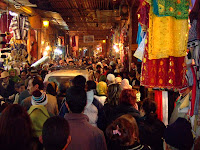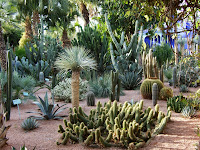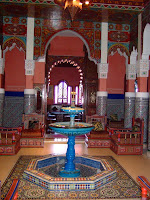 Looking at the world through the sunset in your eyes
Looking at the world through the sunset in your eyesTravelling the train through clear Moroccan skies
Ducks and pigs and chickens call
Animal carpet wall to wall
American ladies five-foot tall in blue
Sweeping cobwebs from the edges of my mind
Had to get away to see what we could find
 Hope the days that lie ahead
Hope the days that lie aheadBring us back to where they've led
Listen not to what's been said to you
Wouldn't you know we're riding on the Marrakech Express
Wouldn't you know we're riding on the Marrakech Express
They're taking me to Marrakech
All aboard the train, all aboard the train
 I've been saving all my money just to take you there
I've been saving all my money just to take you thereI smell the garden in your hair
Take the train from Casablanca going south
Blowing smoke rings from the corners of my mouth
Coloured cottons hang in the air
Charming cobras in the square
Striped djellebas we can wear at home
Well, let me hear you now
 Wouldn't you know we're riding on the Marrakech Express
Wouldn't you know we're riding on the Marrakech ExpressWouldn't you know we're riding on the Marrakech Express
They're taking me to Marrakech
Wouldn't you know we're riding on the Marrakech Express
Wouldn't you know we're riding on the Marrakech Express
They're taking me to Marrakech
All on board the train, all on board the train
All on board
Crosby Stills & Nash
And so it was time to return to the cold and rain of London.








